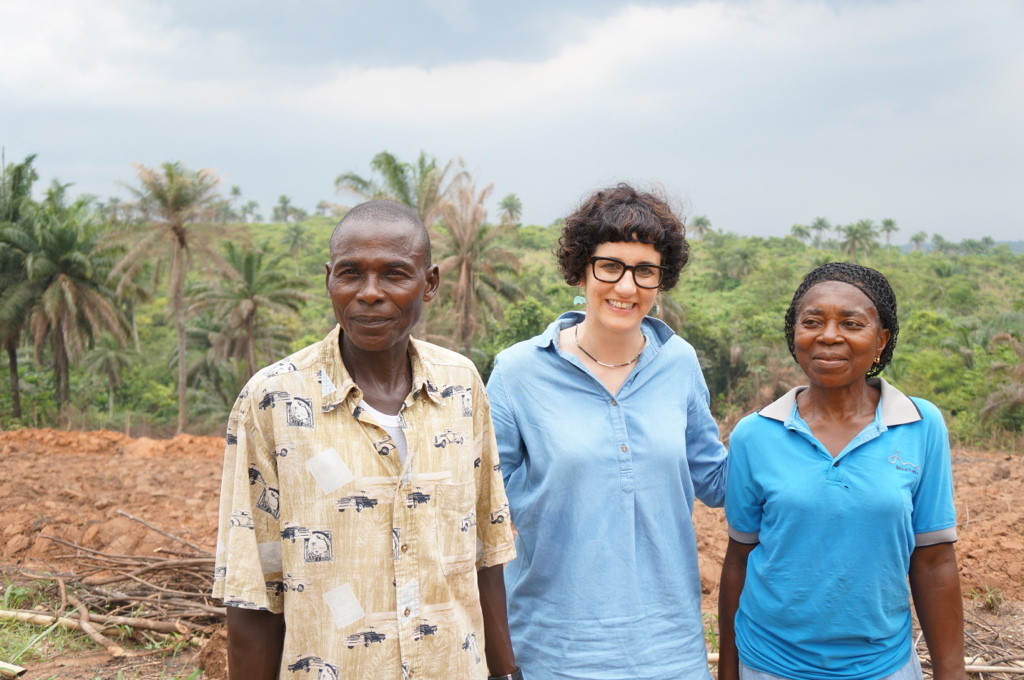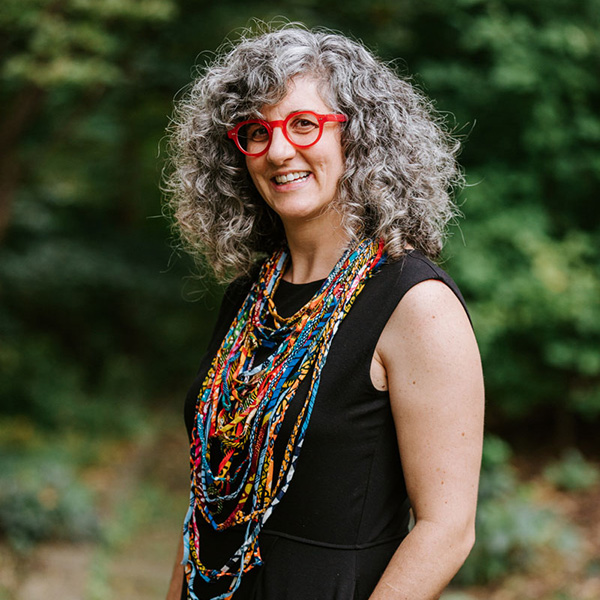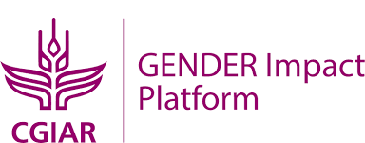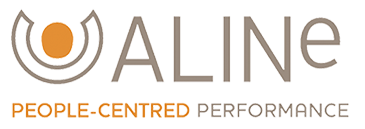Note: this blog entry originally appeared on the World Food Prize Foundation’s Borlaug Blog, in conjunction with Dr. Tufan receiving the 2019 Borlaug Field Award.
Here are two words you don’t hear together every day: Semantic Satiation. The term refers to a psychological phenomenon where words lose meaning from overuse. Applied to our daily lives it is the overuse of certain words in our vocabulary: literally, unique, very, basically… the list goes on. Agricultural development has its own list of overused words: smallholder, sustainable, impact…the list goes on again. One of the most overused words is “farmer.”
Almost 10 years to the day, Dr. Norman Borlaug passed on, leaving behind a legacy of hunger fighters who dedicate their lives to agricultural development. Dr. Borlaug lived and breathed his mission, evidenced by some of his last words being, “Take it to the farmer.” There is that word again: farmer. What did Dr. Borlaug have in mind when he was thinking of “the farmer”? Who was he thinking of?
When you imagine a farmer, what do you see? Is it a man, a woman, both together, a family? Is the individual young or old? Where are they from? What are they farming? Are they standing with a hoe, or next to a John Deere tractor?
 Dr. Tufan, center, with cassava farmers in the field
Dr. Tufan, center, with cassava farmers in the field
This first instinctive mental impression is revealing of our personal position, shaped by a rich mix of our sex, race, nationality, age, ability, gender identity, personal life history, experiences and lived realities. It is also shaped by our implicit stereotypes, or belief that “most members of a group have some characteristics.”
Implicit stereotypes are not intentional or even controllable. They are subconscious, but have enormous impacts on how we see the world and make judgements about people, places and situations. Having individual positions and biases may seem relatively harmless, but if enough people harbor the same thinking, we create social norms that fuel racism, sexism and a multitude of social ills.
Yet as scientists, we are rarely encouraged to think about our own position and biases. Science is objective, we are told, and we act on facts and truth. But what if our collective mental imagery of “the farmer” and our imagination of what his/her life should look like is shaping our work? What if these biases are having powerful implications on how we design new agricultural technologies?
The Cambridge English dictionary defines farmer as: “a person who owns or takes care of a farm.” Therein lies a dilemma. Gender is embedded in access to and control of key resources in agriculture: land, labor, inputs, information and technology. Women for example are less likely to have formal land rights, and may not even be officially considered farmers.
The picture is even bleaker for young men and women, who face systematic barriers to owning and managing farms or are not interested in doing so. How we define a farm even matters, since women often tend to homestead or kitchen plots that provide dietary diversity and nutrition for the entire household, yet these plots are often not even counted as farms. Women provide family labor to staple crops, even if “the farmer” of these staples may be officially considered the male head of the household.
Perhaps most dangerously, we sometimes typecast women as victims in need of help, or heroines who can solve all problems. In both cases, ignoring the diverse realities of women and generalizing them into a group does injustice to their individual potential.
Dr. Borlaug’s message was a wake-up call, and it opened millions of people’s eyes to focus their lives and careers on the well-being of farmers and rural communities. But increasingly it’s clear that to really fulfill his vision, we need to look inside ourselves first, because we all internalize norms around gender roles and relations which we project onto our work and the populations we serve.
As hunger fighters engaged in agricultural development, we want to take it to all the farmers. So let’s take a step back and question our assumptions. Understanding our preconceived notions will help us better develop new ideas, interventions and technologies that serve the very women and men we seek to impact most.
About the author

Hale Ann Tufan is associate professor in Cornell University’s School of Integrative Plant Science and co-principal investigator for GREAT.
For press inquiries or for more information, email us great@cornell.edu.





